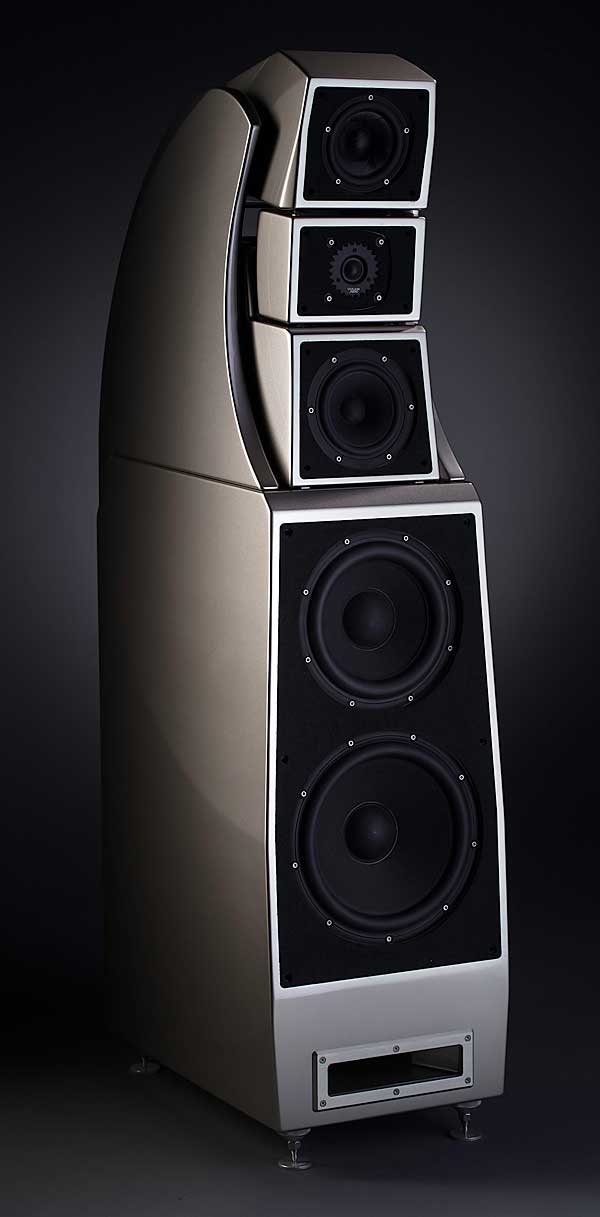| Columns Retired Columns & Blogs |
"The Alexx shares with the Alexandria XLF Wilson's Aspherical Group Delay technology, whereby the positions of its individually enclosed midrange and treble drivers can be adjusted, precisely, to recreate a time-correct waveform at the listening position."
Would it be possible, at some point in the future reviewing a Wilson Audio speaker to measure the spot at the listening position where this is actually true? I've never once seen a review with anything remotely indicating a time domain accurate speaker. JA has accomplished it in the past with Dunlavvy and others...but never Wilson.
-Scott










































